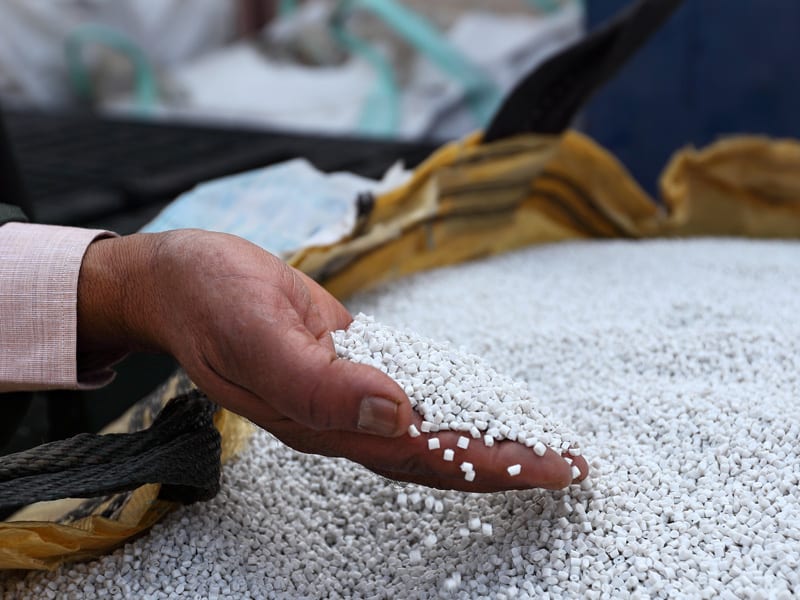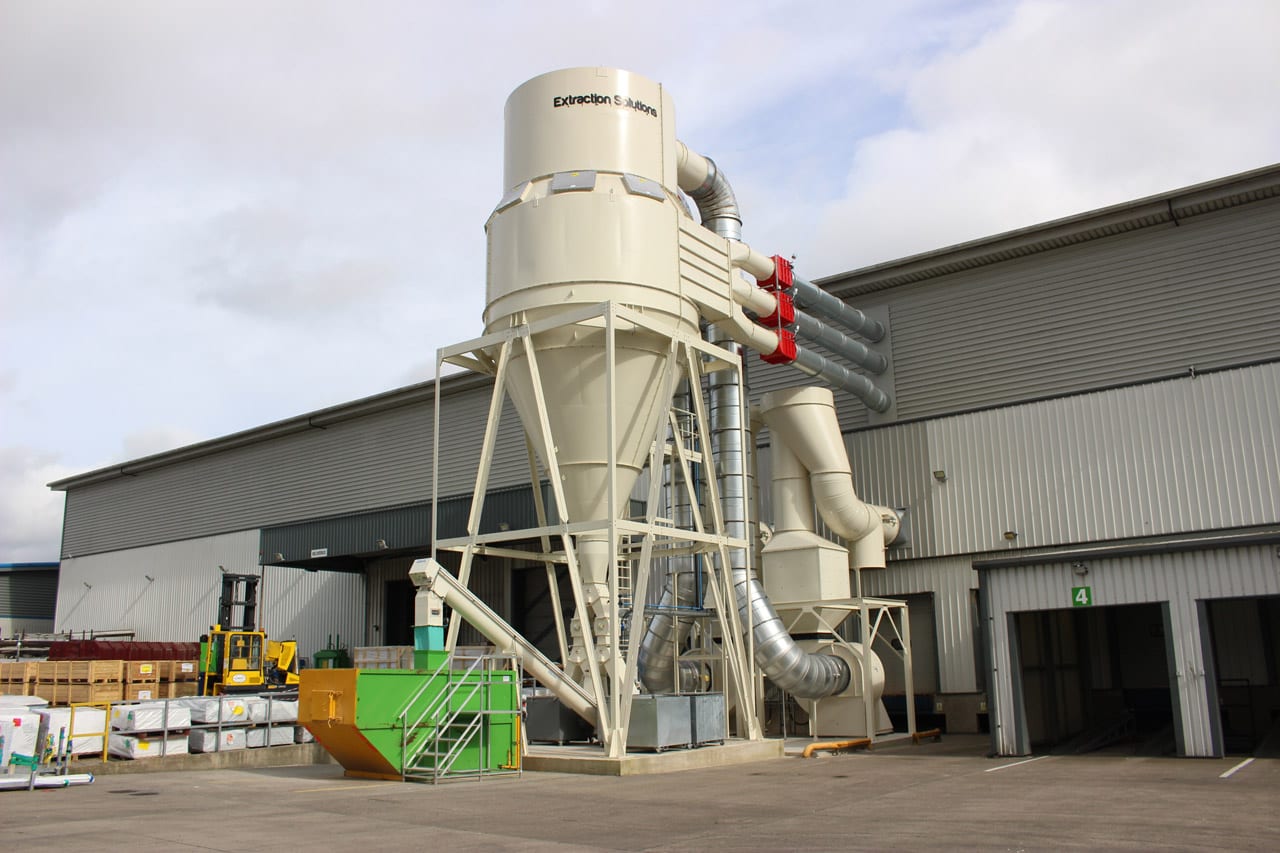PLASTIC FUMES AND DUST
Harmful dusts and fumes are released during the processing and manufacturing of plastics. These hazardous particles can cause serious health issues to employees if not correctly controlled. Plastic fume extraction systems, or dust extraction, are designed to remove these particles at source before they come into contact with operators. It is important for employers to carry out risk assessments to ensure their employees are working in a safe and fume free environment.
WHY CONTROL PLASTICS FUMES?
During the processing of plastics, or the manufacturing of plastic products, dust and fumes are released. Continued exposure to plastic fumes and dusts can be hazardous to health. The composition of plastics can vary, however any plastic dusts or fumes can cause irritation to the eyes, nose and lungs. There are also links between exposure to PVC and lung cancer. For this reason the HSE recommend that sufficient LEV, fume extraction systems be implemented to control these substances.
WHY IS PLASTIC FUME EXTRACTION IMPORTANT?
Plastic fume extraction ensures that you don’t exceed the Workplace Exposure Limit (WEL) for plastic fume. The WEL for unidentified dust is 5 mg/m3, based on the average dust content in the air over 8 hours. To calculate the operator WEL, conduct tests on the average exposure during the work period. Implement improvements or additional control measures if the WEL exceeds the maximum 5mg/m3. Employees’ WEL should be reduced to as low as reasonably practicable using protective control measures against plastic fumes.


CONTROLLING PLASTIC FUME EXPOSURE
When looking at potential solutions to control the exposure of airborne contaminates from plastics, consideration should be given to the ease of use and comparability with workflow. Plastics fume extraction systems built with localised hoods remove dusts and fumes at source before they can enter breathable space. The plastics fumes can then be safely conveyed to a centralised location for further processing or removal.
Depending on the process, local hoods are not always a practical option. Using risk assessments other suitable control measures can be used, such as a ‘push pull’ system or air showers. These can be used to to direct dust and fumes from plastics away from operators and into a duct or filtering system. Employees’ WEL should be reduced to as low as reasonably practicable using protective control measures. RPE should only be used as a last resort.
HOW TO ASSESS RISKS
When dealing with harmful substances, such as plastics gases and fumes, a risk assessment should be completed. We have put together an example on how you can evaluate your processes.
#1 Risk Identification
A risk assessment should always begin by identifying hazards#1 Risk Identification
Identify hazards from plastics by looking at your processes. What are the harmful fumes or dusts being emitted? Who is effected and how far reaching is the exposure?
#2 Frequency
Frequency of use is important when determining how to tackle control#2 Frequency
If an operator is exposed to plastic fumes for a short period, RPE could be used. However long term exposure should be controlled differently.
#3 Process Change
Are there safer materials or processed that could be used?#3 Process Change
Identify if its possible to change the process to reduce exposure to plastics fumes. Could a different material be used like pre-cut or pre-finished materials?
#4 Controls
Determine if and what controls should be implemented to reduce the risk#4 Controls
Based on the information from the assessment, what controls best suit your environment? A plastics fume extraction system could work.
#5 PPE and RPE
PPE should be the last resort when identifying control measures#5 PPE and RPE
If a plastics extraction system wouldn’t work and materials can’t be adjusted, PPE/RPE could be considered with a risk assessment.
GET IN TOUCH WITH US
Fill in the form and we’ll get back to you!

